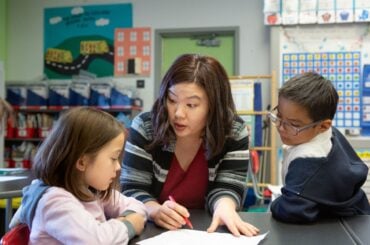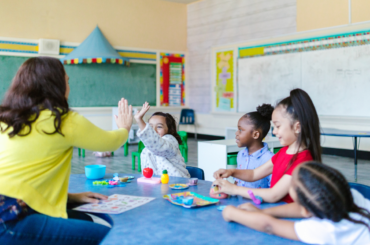Failure can actually be a good thing — because if you don’t fail, you don’t learn. But how much failure leads to the most learning? Too much failure can discourage kids from learning, while near-perfect success all the time means that kids probably aren’t learning enough either.
A new study found this “sweet spot,” and determined that a 15 percent failure rate is optimal for learning. To get to this number, the research team performed a series of machine-learning experiments, teaching a computer how to sort images into categories by quizzing with straightforward choices that had clear correct and incorrect outcomes. The computers learned fastest when the difficulty level was such that they were getting it right 85 percent of the time. “If you have an error rate of 15% or accuracy of 85%, you are always maximizing your rate of learning in these two-choice tasks,” says lead study author Robert Wilson of the University of Arizona.
The researchers also determined from previous research that the 85 percent rule held true for animal learning as well, not just machine learning. The findings are especially relevant for types of knowledge that are best acquired through lots of experience and examples, such as when a radiologist is learning to tell the difference between tumors and non-tumors in x-ray images. Further research will be needed to be able to find the “sweet spot” for more complicated forms of learning.
Therefore, the study results can’t be mapped exactly to academic grades — as in, getting an 85 percent on all of your tests being considered optimal. But Wilson agrees that “If you are taking classes that are too easy and acing them all the time, then you probably aren’t getting as much out of a class as someone who’s struggling but managing to keep up.”
There’s a clear takeaway for parents and students here: perfection isn’t optimal. Elisa Cinelli of Moms.com writes, “If children know they have to get everything right, they are more likely to choose the easiest route. That means shying away from challenges, which are essential for them to learn. … Asking them what they learned from an experience matters more than a grade.”







